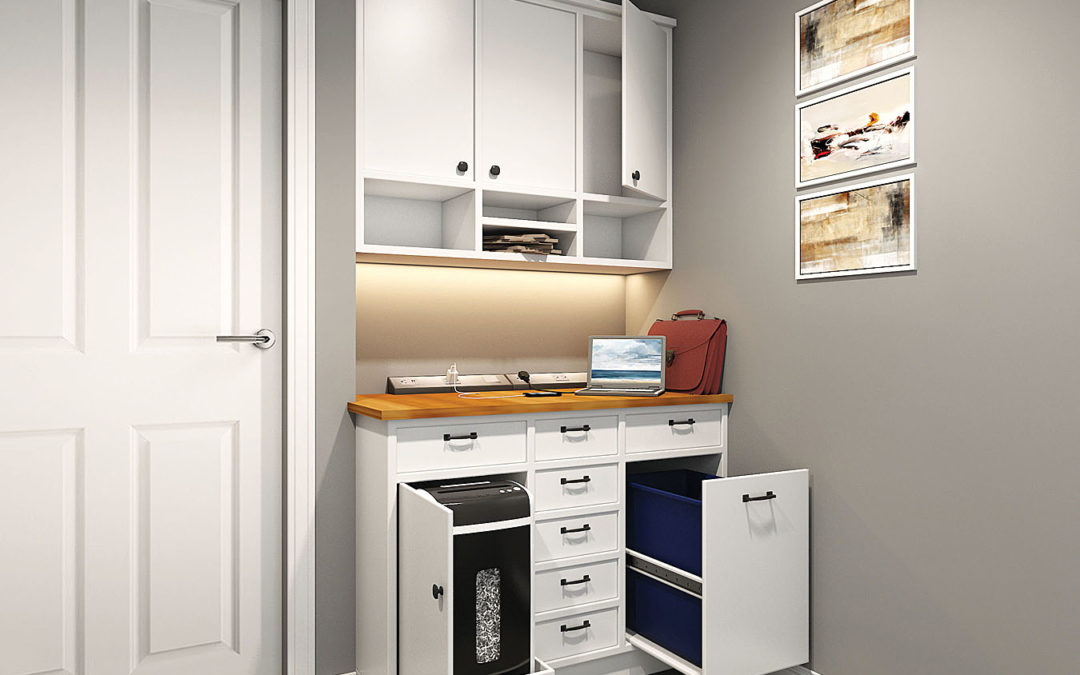
Design Concept: Drop Zone
Problem: Statements like, “When I get home, everything seems to end up on the kitchen table,” or “Everything the kids walk in with gets left on the island,” these and similar comments inspired one of our most popular Woman-Centric design innovations, the Drop Zone concept.
Solution: According to a Recon Analytics study, people with an attached garage mostly go in and out of their home using the door between the home and the garage (rather than the front entry door). It is a vital transition space, offering storage and other amenities, making the Drop Zone a perfect spot to “drop” keys, mail, etc., that would otherwise end up on the kitchen counter (see the Peony – plan #42038 – at right). It can also be a handy spot for recharging electronic devices so they are ready to go when you head out the door!
Search our plans for Drop Zone designs. Or, talk with a plan specialist to make Plan Alterations to a different plan.
For more resources on thoughtful design:
- Visit our blog
- Browse our Her Home™ Magazine
- See more Thoughtful Design Concepts
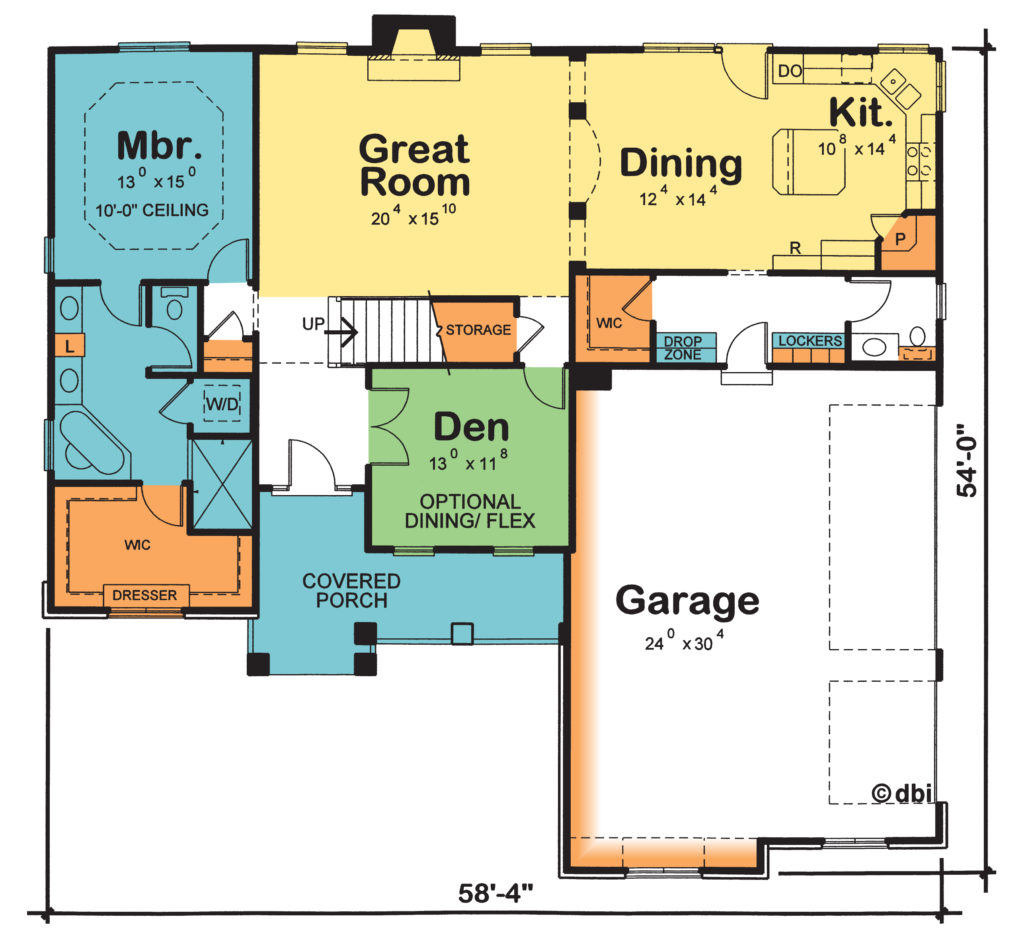
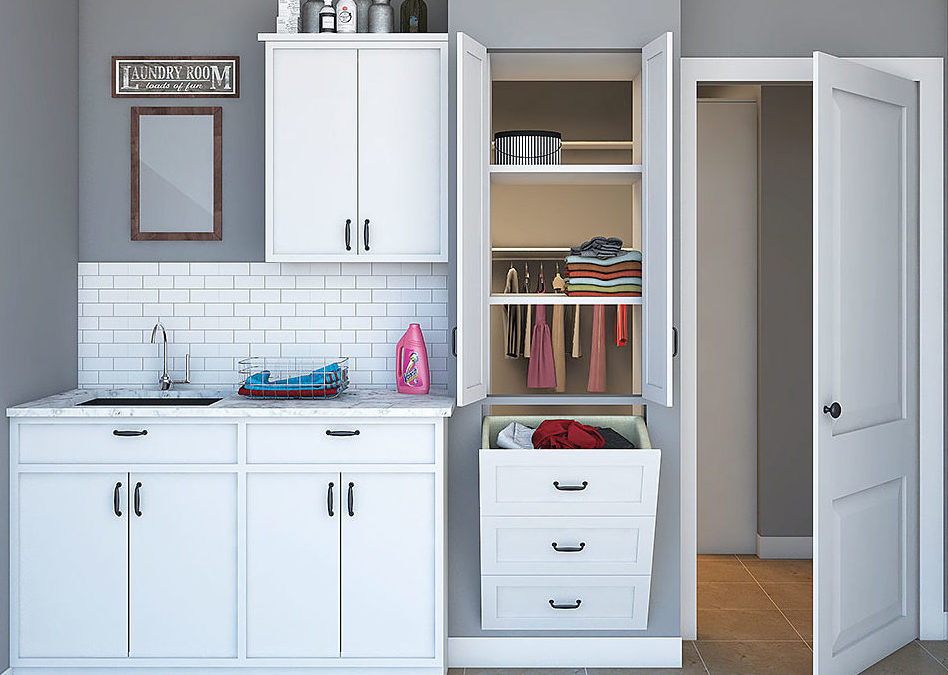

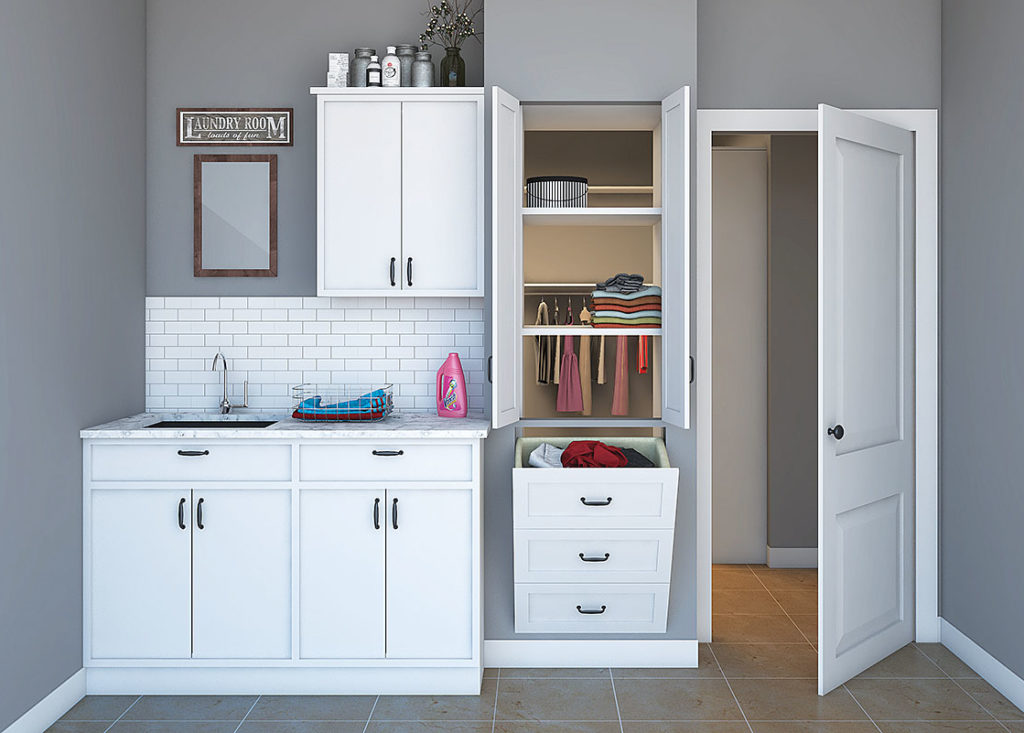
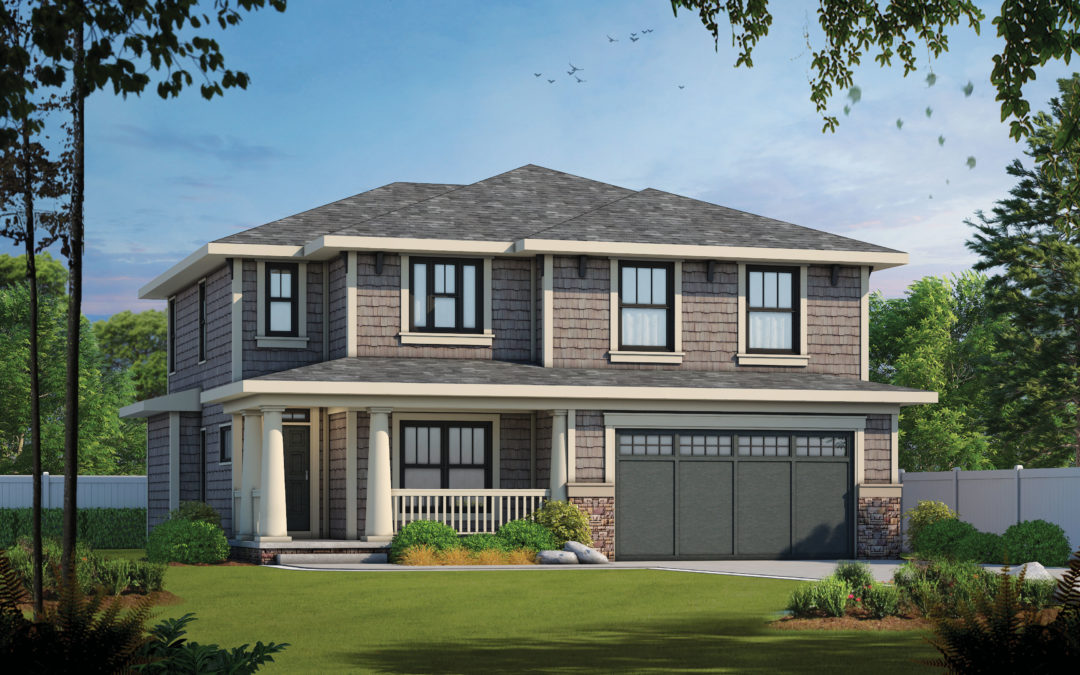

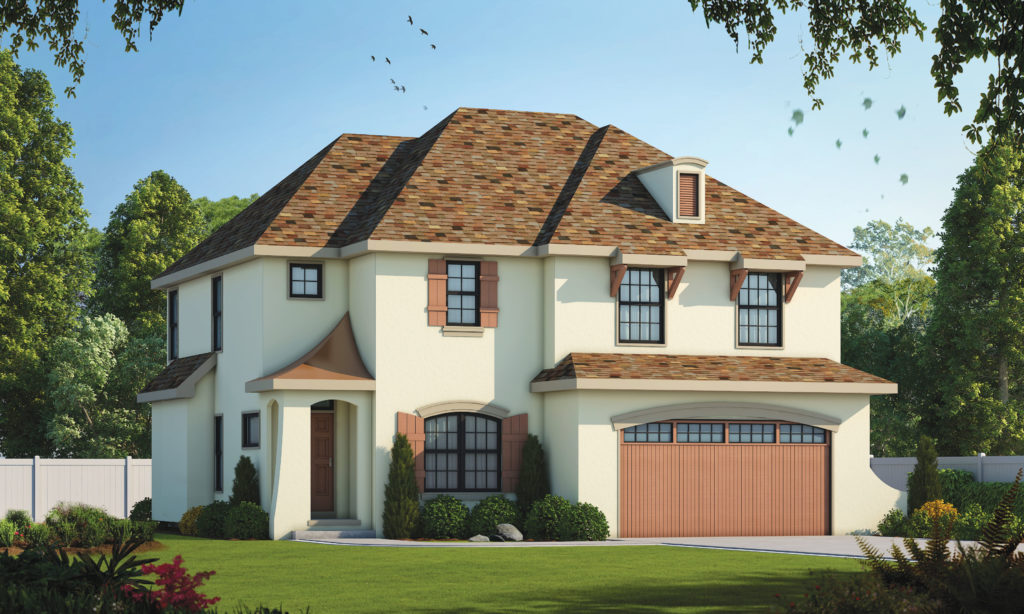
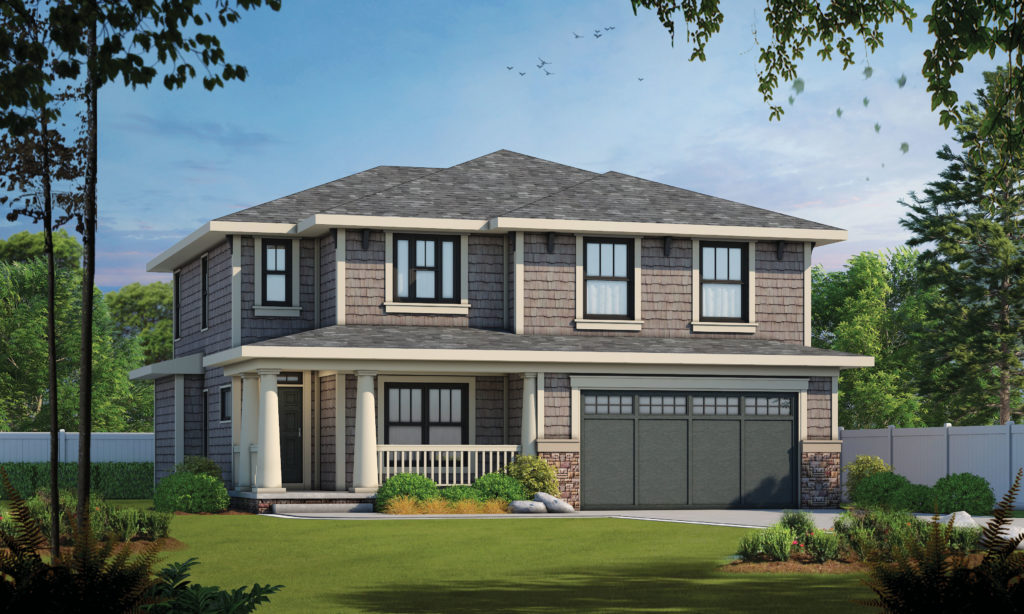
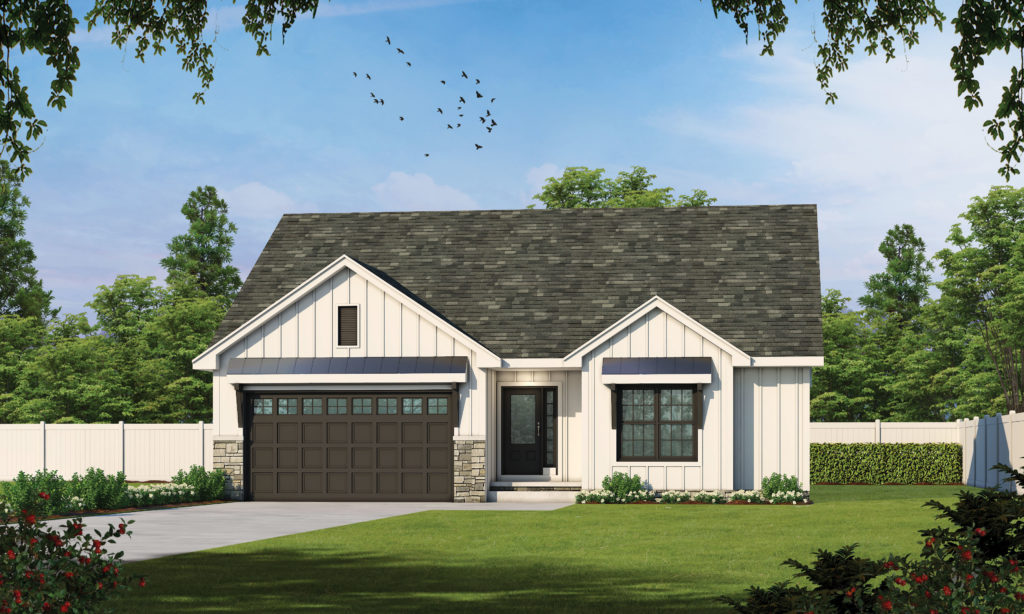
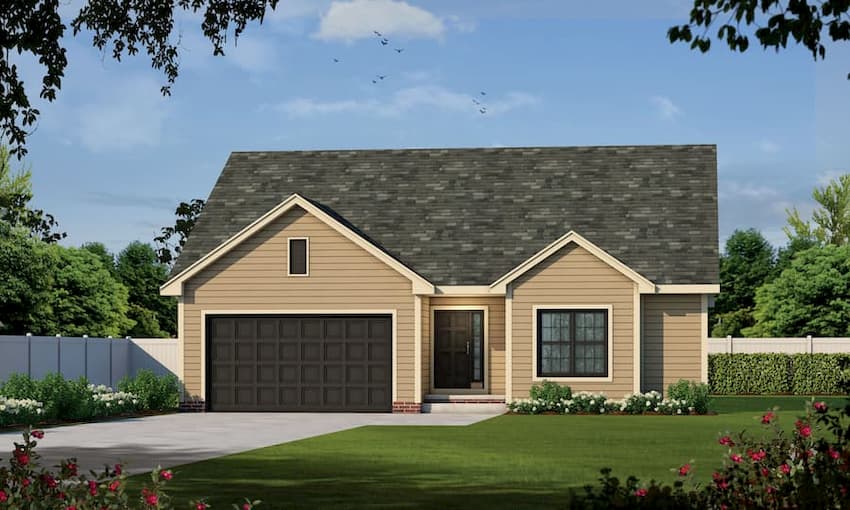
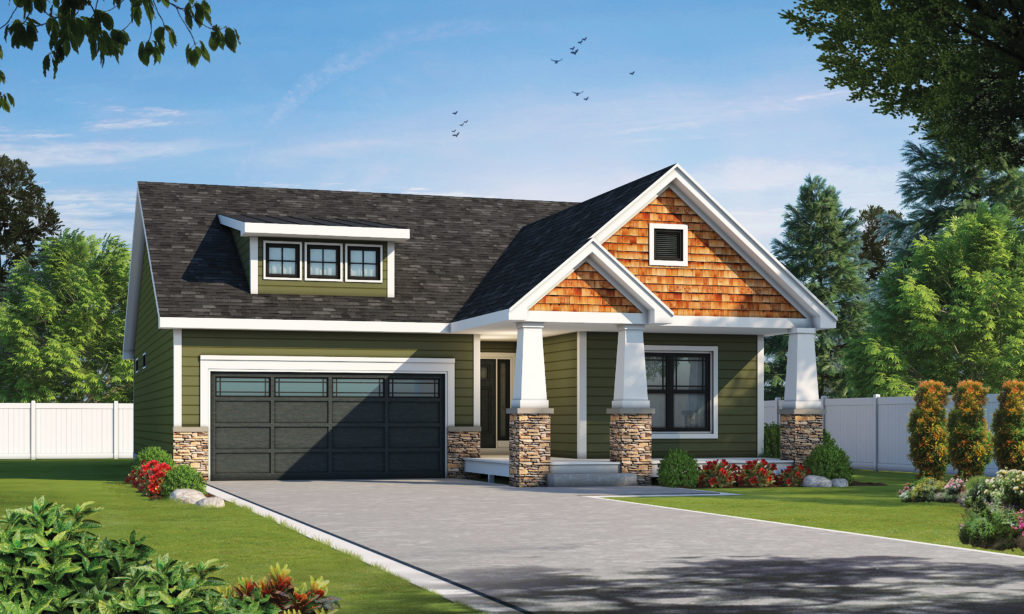
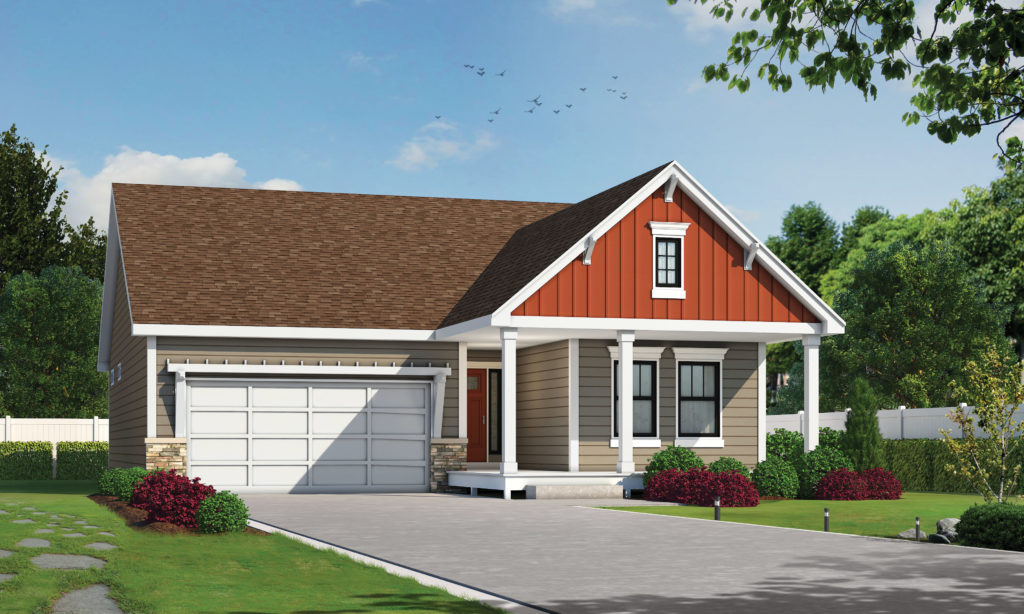
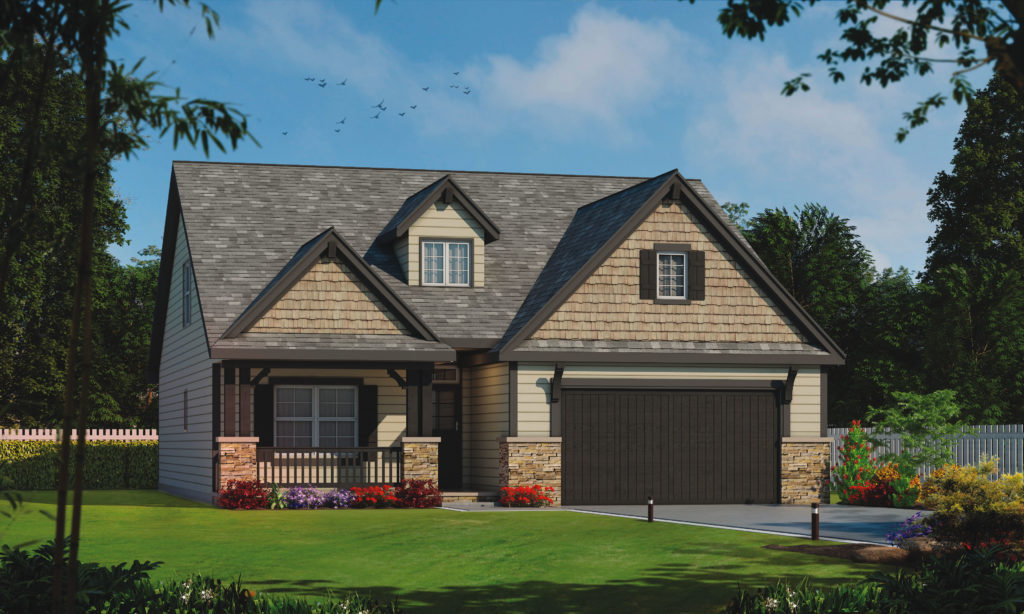
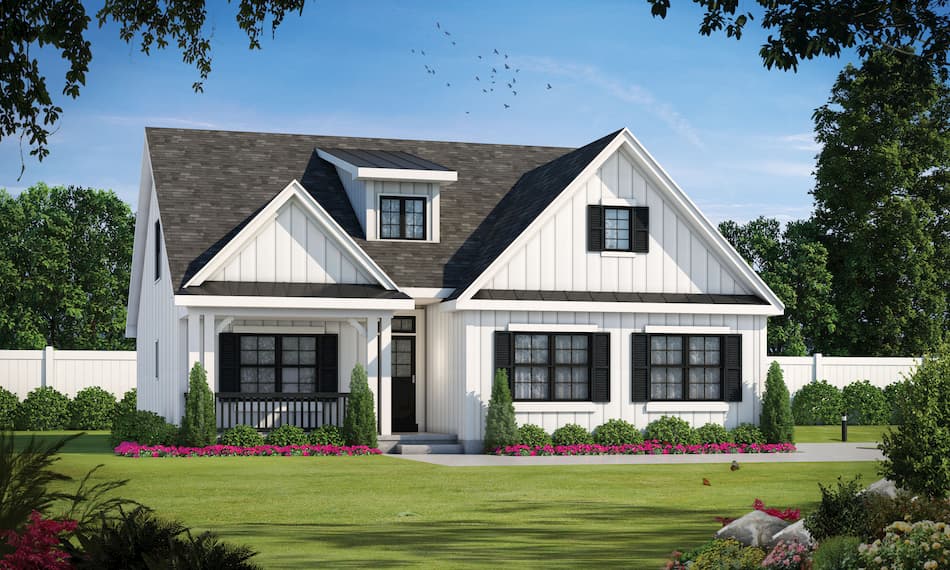

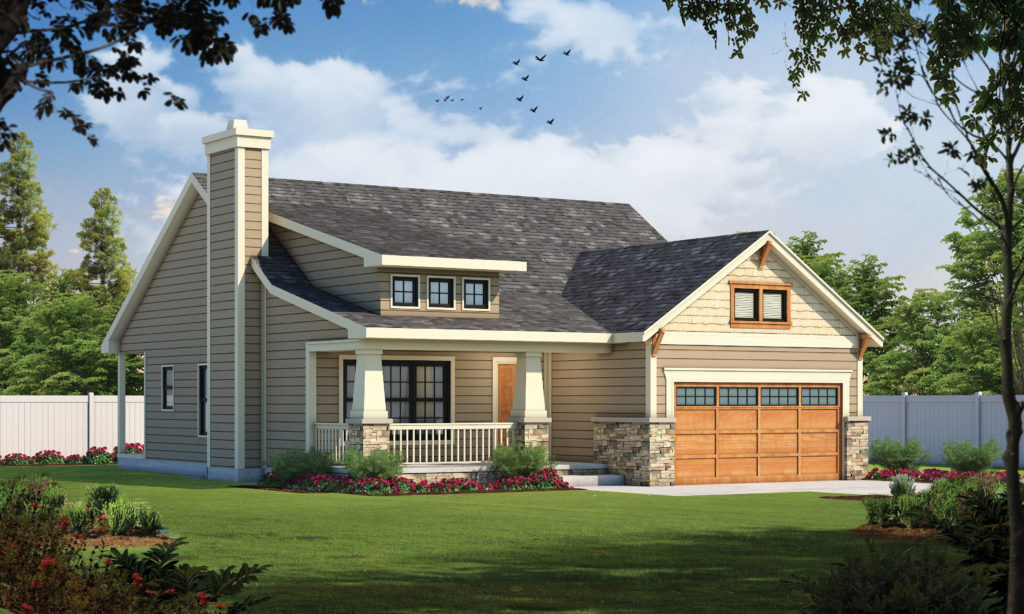

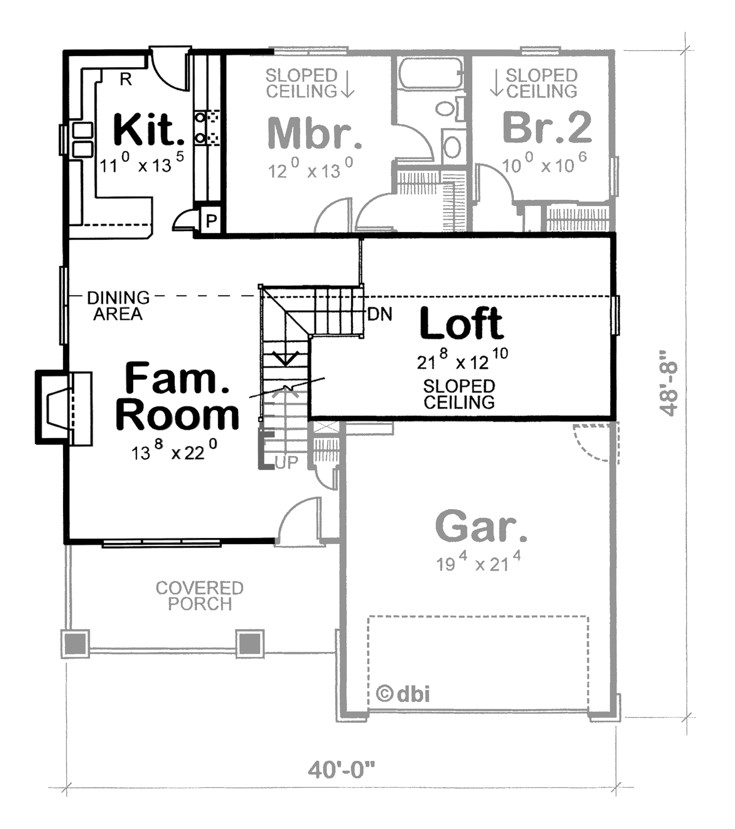


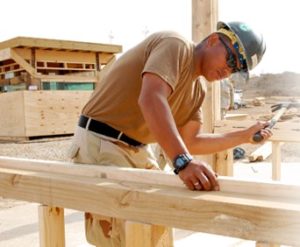 Would you trust your open-heart surgery to a “resident” doctor? Considering how much you will be investing, you deserve a quality home, which means hiring an experienced, quality builder. Are they members of the National Association of Home Builders (NAHB), and committed to the NAHB’s professionalism, ongoing education, and high ethical standards?
Would you trust your open-heart surgery to a “resident” doctor? Considering how much you will be investing, you deserve a quality home, which means hiring an experienced, quality builder. Are they members of the National Association of Home Builders (NAHB), and committed to the NAHB’s professionalism, ongoing education, and high ethical standards?